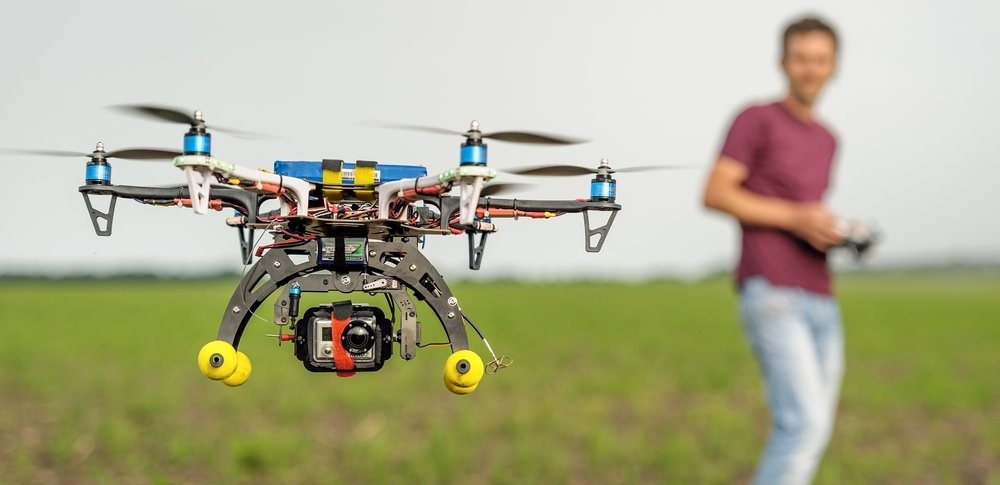Decoding India’s 1st Drone Policy: Read This Before You Fly A Drone In India!
We have decoded and simplified India's first drone policy for you.

In layman terms, a drone is an aerial vehicle, which has no human pilot onboard. While some drones are as small as the palm of your hand, some are as big as a car or a truck.
While the very first instance of a drone flying was recorded way back in 1849, India has just released its first Drone Policy, aimed at regulating the practice of civilians flying drones in India.
Here, we decode the Drone Policy for you, and make it simplified and easy to understand.
But before, first let us understand why a Drone Policy was needed in the first place!
Contents
The Need For Drone Policy
The military in India has been using drones since 1980s, and world’s 13% of all military drones are in India.
However, since last few years, civilians in India had started flying drones, and we read news such as ecommerce portals using drones for delivering packages, and pizza outlets using drones for delivering pizza.
Further, as the cost of drones came down, civilians started ordering drones from China, where its cost had plummeted. Now, when untrained civilians start using drones, it can cause accidents and mishaps.
In these circumstances, Govt. was left with no choice, but to create its first Drone Policy, which can solve the complications.
Drone Policy Decoded: Get All Your Questions Answered!
Categories Of Drones
As per the Drone Policy, there are 5 categories of Drones, and every category has unique set of rules.
While the smallest drone category is 250 gms weight, the largest category is 150 kg+.
Here are the different categories:
i) Nano : Less than or equal to 250 grams.
ii) Micro : Greater than 250 grams and less than or equal to 2 kg.
iii) Small : Greater than 2 kg and less than or equal to 25 kg.
iv) Medium : Greater than 25 kg and less than or equal to 150 kg.
v) Large : Greater than 150 kg.
Who Can Fly A Drone?
Any Indian national who is aged 18 years and above can fly a drone. However, he/she should be atleast class 10th pass, and should have the required permissions.
Drones which are imported in India need a special license, issued by DoT. Drones made in India are not required any such license.
Permissions For Flying Drones
As stated earlier, the primary objective for creating India’s drone policy was to regulate its usage, and thus, welcome to the age of permissions and licenses.
Except nano category drones, every other type of drones will need two licenses for flying:
UIN (Unique Identification Number) and Unmanned Aircraft Operator Permit (UAOP) from DGCA.
However, there is an exception here: If you fly any drone below 200 feet, then you don’t need Unmanned Aircraft Operator Permit (UAOP). However, you will need to inform the police 24 hours prior to flying the drone.
At the same time, Nano drones cannot be flown beyond 50 feet.
How To Get License For Flying Drones?
The cost of getting Unmanned Aircraft Operator Permit (UAOP) is Rs 25,000, and can be sought from DGCA or Directorate General of Civil Aviation website. This is valid for 5 years.
Application for the same can be also downloaded from the Drone Policy draft here.
On the other hand, Unique Identification Number will cost Rs 1000, and will be required for every drone you purchase. Any drone flying without this ID will be illegal.
The application form is available with DGCA and the draft of Drone Policy.
Where Can You Not Fly A Drone?
There are several designated no-fly zones for drones, as mentioned in the policy document.
Prominent among them are: 25 kms from any International border; 500 meters from a Coastal area; 3 kms from any Military establishment, 5 kms from the Airports and more,
Here, you can checkout all the 12 locations, where you cannot fly a drone.
You can find the full list of the regulations right here.
